READY TO GET STARTED?
REQUEST A FREE ESTIMATE
Fill out the form below or call (888) 466-7849 for a free, no-obligation estimate.
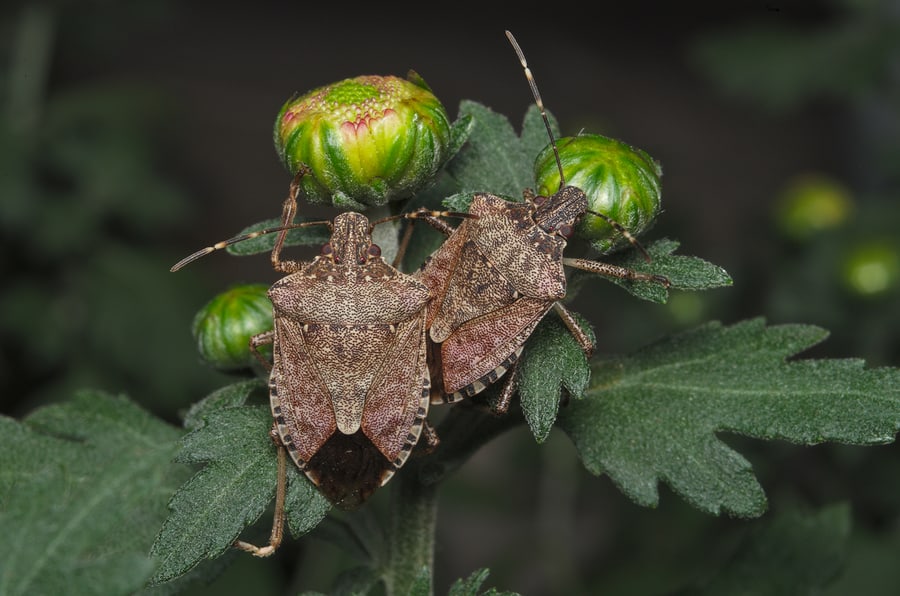
Noticing small, greenish-brown bugs congregating throughout the cracks of your home’s foundation or even inside your house? While many might identify these insects as stinkbugs, they might actually kudzu bugs! Kudzu bugs and brown marmorated stinkbugs are often confused with each other. While these pests do have some similarities, they are quite different from each other. Let’s breakdown how these insects are both alike and different!
How They’re Alike
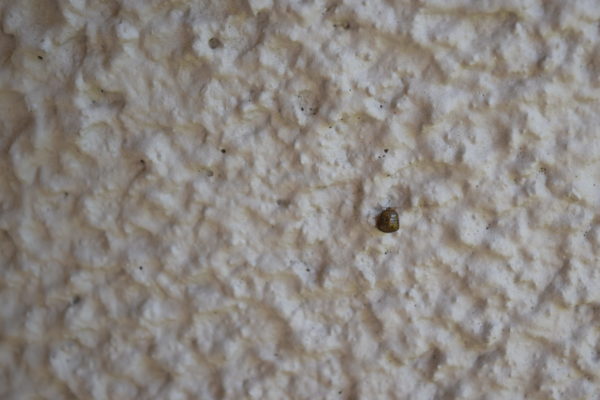
Kudzu Bug
Both stinkbugs and kudzu bugs are known to be a nuisance to all homeowners. Both are highly attracted to warmth and will enter homes to find a warm place to gather. When disturbed, both species will emit an alarming chemical defense against predators. When crushed, they release a very unpleasant odor from their bodies. Even worse, if several of these insects are crushed together, the smell left behind is extremely powerful.
How They’re Different
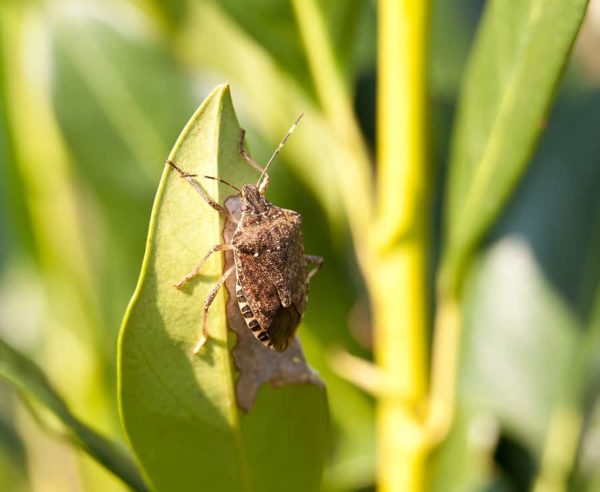
Stinkbug
A stinkbug’s shield-like body is around 1/2″ long and 1/2″ wide with shades of brown across its entire body. Their body size is a bit larger than a kudzu bug, with the kudzu’s measuring only 4 to 6 millimeters long. Kudzu bug bodies are olive green and brown, with a flat, squarish body shape.
Stinkbugs will typically feed off ornamental plants, fruit trees, legumes, and vegetables. The kudzu bug prefers to eat kudzu vines but will occasionally eat soybeans and most any other type of beans. While both stinkbugs and kudzu bugs utilize different types of food sources, both will destroy crops, making both species agricultural pests.
How to Prevent Them
If you notice either of these pests infesting your home, try some of these pest prevention tips below:

As the weather warms up overwintering pests will begin to wake up and make their way outdoors. One of these is the brown marmorated stinkbug. While these household pests don’t sting, bite, or carry any diseases, they can become a nuisance when they get inside your home. In fact, once you see stinkbugs inside, it’s usually too late to do anything to keep them out.
The brown marmorated stinkbug is native to Asia but was later introduced in the United States. They prefer moist, temperate climates like those of the Eastern US and the Pacific Northwest. Stinkbugs feed on soybeans, corn, fruit, vegetables, and ornamental plants that grow close to homes. Stinkbugs spend the spring and summer seasons outdoors then will seek shelter from the winter elements indoors – often entering your home through cracks, crevices, gaps or holes in your foundation, through chimneys, air conditioning vents, or underneath siding. The prefer homes with lots of trees around and will gravitate to the upper floors of a home.
During the winter months, stinkbugs go into a phase known as diapause, which is similar to hibernation, where the bugs go inactive during the cold weather. When the stinkbugs find a spot to overwinter, they release a pheromone that attracts other stinkbugs to their location. While they typically stay dormant until spring, unusually warm spells during the winter can bring them out full force.
If you encounter stinkbugs in your home, the best way to get rid of them is to vacuum them up and immediately dispose of the bag. When stinkbugs are threatened, disturbed, or squashed, they emit a smell that has been described as anything from cilantro to rotting almonds to spoiled fruit.
The best way to control stinkbugs is to prevent them from getting into your home in the first place. Here are 9 prevention tips for keeping stinkbugs out.
10 Common Myths About Pest Control
Is Orange Oil Effective As A Treatment For Termites?
How Do You Get Your Lawn Ready For Spring?
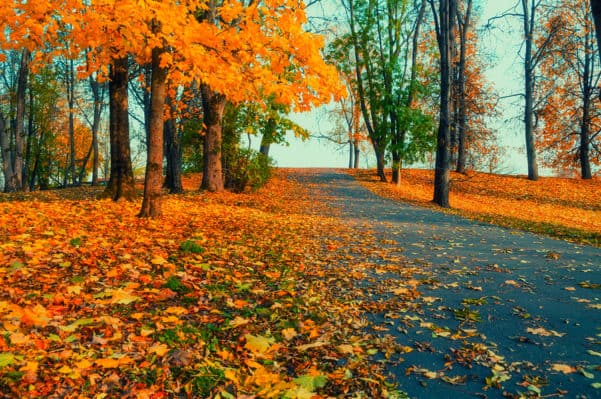
As temperatures start to cool off, panic can overtake pests who need to seek out shelter from the impending cold weather. They will often, unfortunately, set their sights on your warm, cozy home. Here are a few of the most common overwintering pests and what you can do to prevent them.
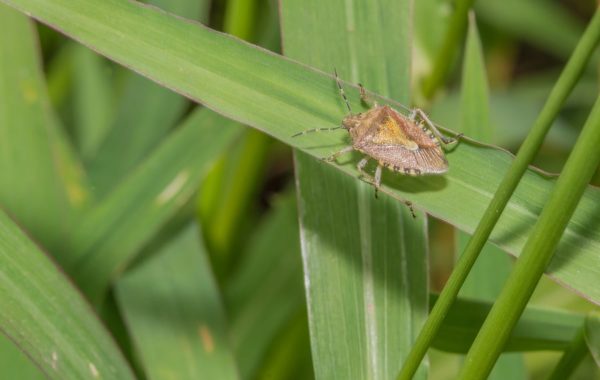
Stink bugs flock to homes in large numbers during the fall. They position themselves on the side of your home that receives the most sunlight in an attempt to keep warm. A thorough inspection for possible entry points is key in prevention of an invasion.
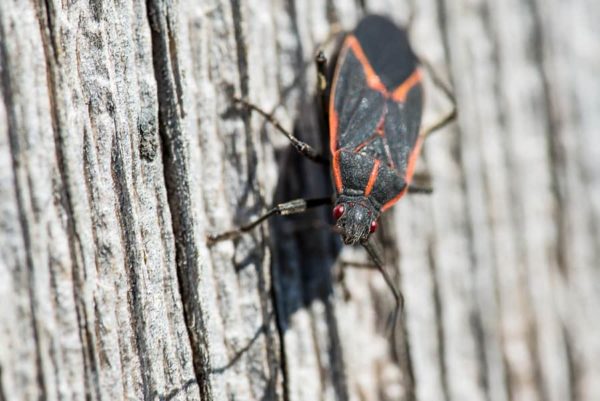
Boxelder bugs are one of the more aggressive species of overwintering pests. Like the stink bug, they will make use of the sunny side of your home and cars. They will utilize openings they find and gather by the hundreds. Crushing these pests is not recommended as their remains can attract carpet beetles. Vacuuming should be used to remove them from the home.
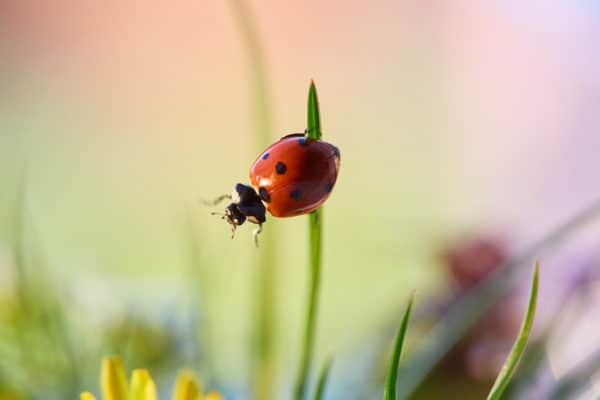
As universally adored as they are, lady bugs are an overwintering pest that can take over your home in a matter of days. They utilize windows and door openings to enter; therefore, checking and replacing weather-stripping and sealing with silicone-based caulk can help keep them out before fall starts.
If you have an issue with overwintering pests, reach out to your local pest control company to schedule an inspection.

Fall is the perfect time of year to prepare your home for winter. While prepping your yard and storing away your summer things are usually at the top of the list, don’t forget to protect your home from pests this winter also! Fall is prime time for pests to make their way into your house in search of food, shelter, and warmth over the cold winter months.
Rodents will make their way indoors in search of a warm place to shelter for winter. Flies will often be found on the south and west facing walls of your home in search heat. Many stinging insects like yellow jackets, bees, and wasps will become more hostile in the fall as their food supply dwindles. Cockroaches are attracted by the moisture found in and under your home. Other pests like ants, stinkbugs, ladybugs, and box elders will come inside looking for a place to overwinter.
Now that you know what kinds of pests to expect this fall, what can you do to protect your home from these often unseen invaders? Check out these 6 tips to prevent pests this fall.